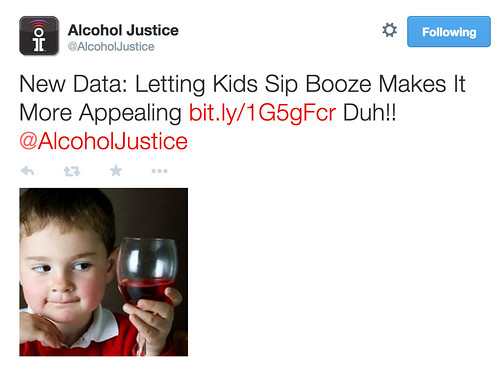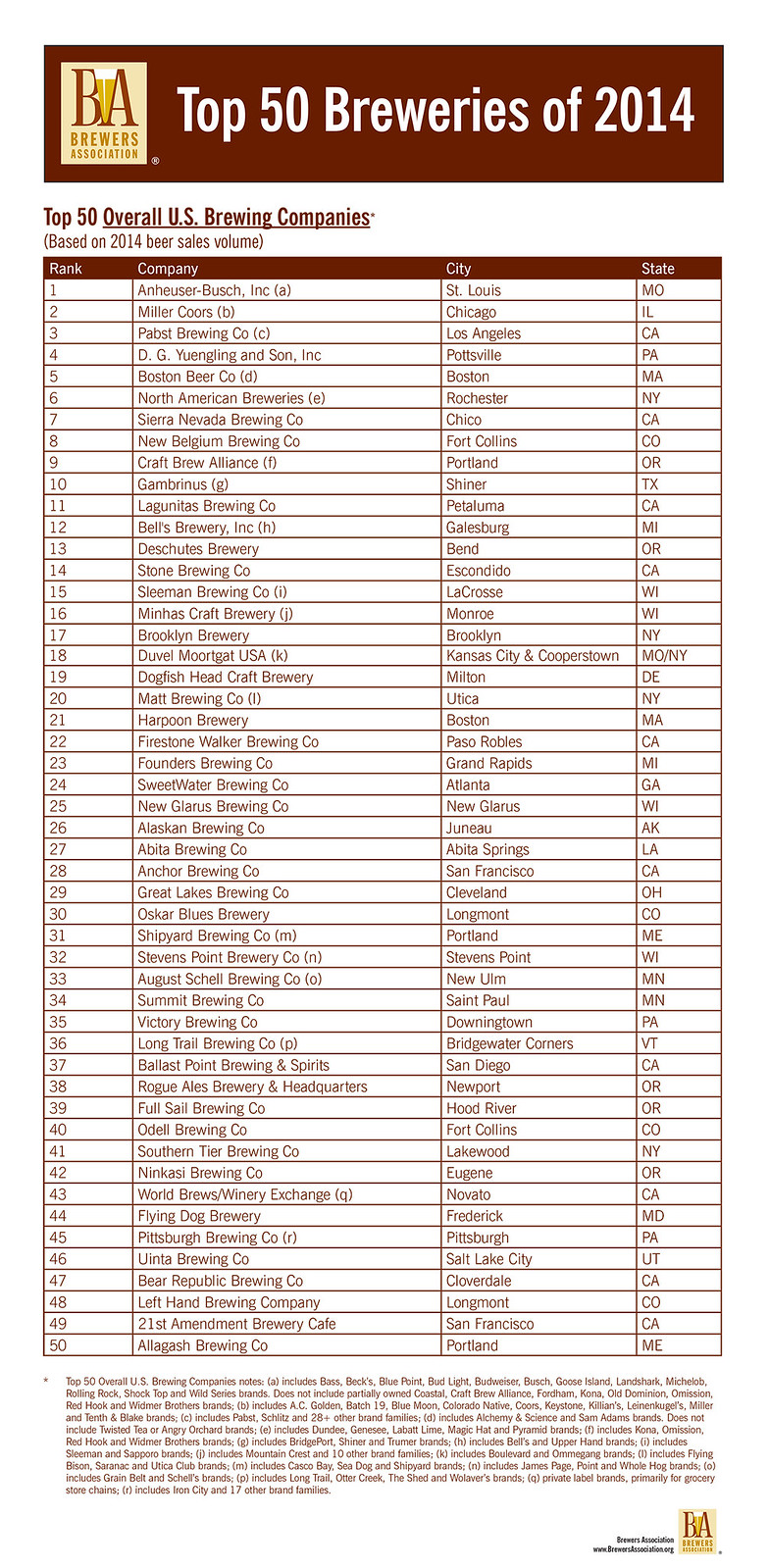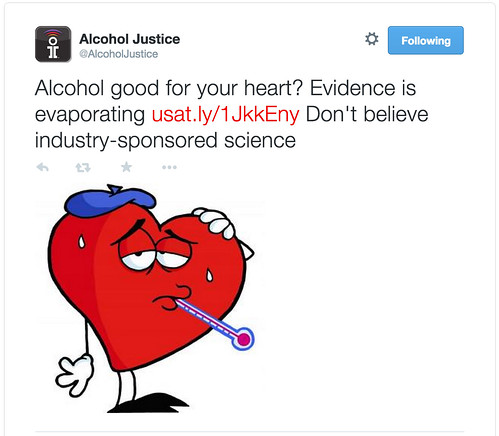
Here’s another interesting map of the U.S., supposedly showing the most popular beer for each state. I have no idea how the data was compiled as the creator of the map, and presumably the data behind it, CubeYou, all day yesterday presented you with the following error message when you click on State by State Favorite Beer: “Error establishing a database connection.” And you get that same message even trying to visit their home page so either they’ve been inundated with visitors today (doubtful) or something’s going on with their website (but whatever it is has been going on for several hours). This morning it was finally back up, but we’re no closer to understanding their methodology. They state that “the Beer Map below illustrates the beer brands that have the highest popularity in each state. Popularity indicates how popular a beer is in each state compared with the national distribution.” But that really doesn’t tell us much. And not having any information about who’s in second, third, etc. also makes it difficult to rely on their data.
There are a lot of local favorites, and of course the big boys hold sway in a number of states (10 for ABI beers and 2 apiece for Coors, Miller and Pabst). A few I can’t quite make out because of the size of the map so my own analysis may be off accordingly. Lagunitas owns both California and Illinois, where they have breweries. Heineken’s got Nevada and Hawaii (damn tourists) and imports rule in a few more states, sadly. A few more curious spots: Coors in Washington, and more surprising, Alaskan Brewing in Oregon. Given how fiercely loyal the state is toward their beer, that surprises me most of all, but maybe it has to do with how many strong brands their are in Oregon and that causes them to cancel one another out (or maybe it’s just wrong).
UPDATE: Now that I’m able to see the map larger and make out all of the name on it, even more problems emerge. In Minnesota and Tennessee, Midwest Supplies is listed as those states’ most popular beer, even though it’s a homebrew supply store. Arkansas and Montana have listed “Craft Beer On Tap,” a generic logo and not a brand at all as far as I can tell. Ceres, the Danish beer, in Florida seems questionable and as a reader pointed out, Yuengling is not even distributed in the state of Maine so it’s hard to see how it could be the most popular beer there. And as another reader mentioned, Dogfish Head not being the most popular in their home state of Delaware stretches credulity, as well, and all of these issues in total are making this exercise veer toward farce or chicanery. Whatever CubeYou’s actual methodology might have been, it’s hard to see that they produced any legitimate results. I had wished once their website was back up that there would be more transparency about how the data was collected and perhaps even a way to peek into the raw data itself. Unfortunately, if anything, they seem to have gone out of their way to obfuscate how they arrived upon the results.
















